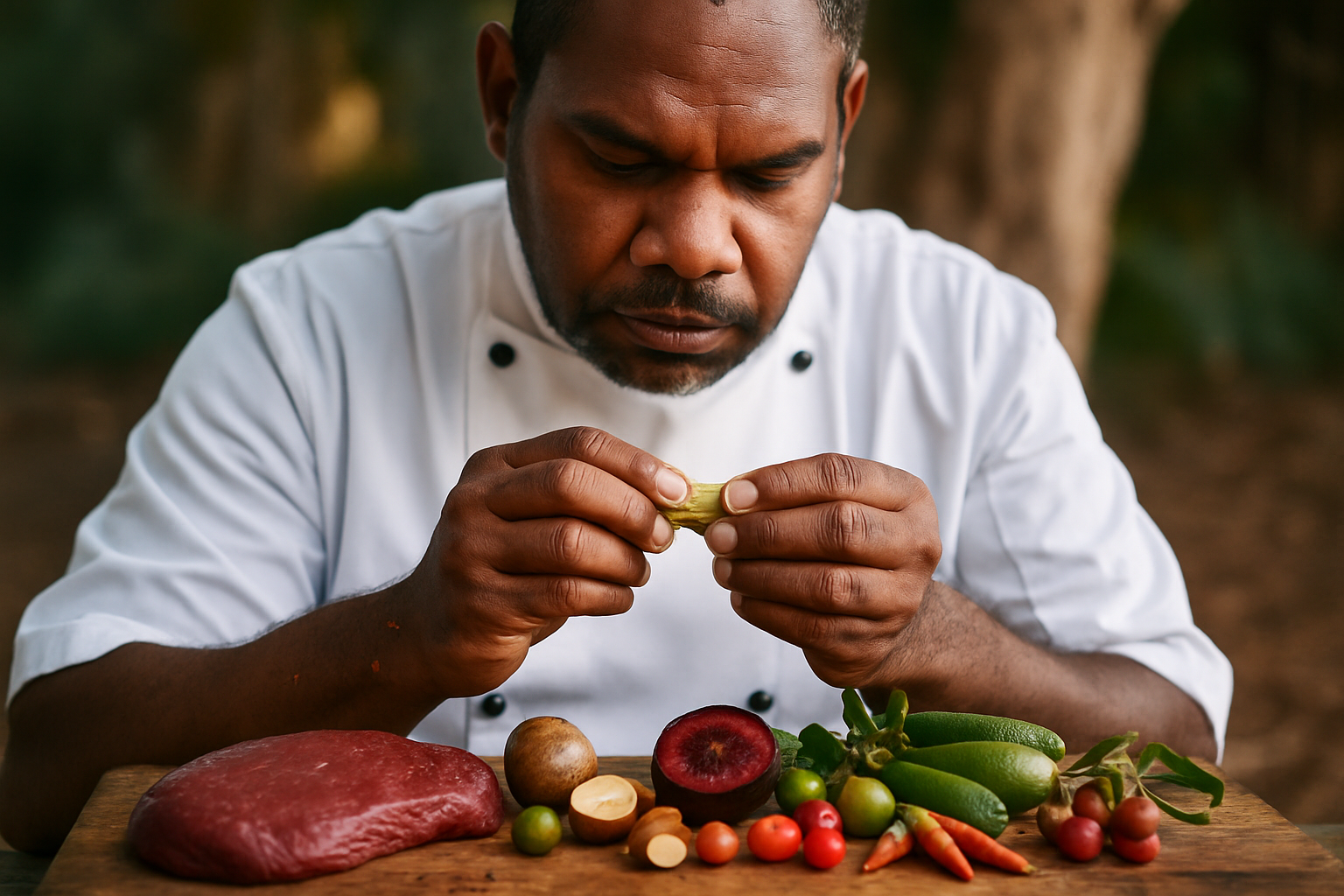How Technology Is Changing Meal Preparation and Delivery
Digital tools are transforming how people plan, prepare, and receive food. From recipe discovery and precision cooking to delivery logistics and sustainability tracking, technology influences ingredients, menus, and the economics of food production and distribution. This shift affects homecooking, restaurants, and artisan producers worldwide.

Technology is altering the lifecycle of a meal, from the choice of ingredients to the moment it reaches the plate. Digital recipe platforms, connected appliances, and delivery logistics reshape how people approach homecooking while influencing professional kitchens and local producers. These changes touch culinary technique, menu planning, nutrition transparency, and sustainability practices, prompting both opportunities and operational challenges across the food ecosystem.
How is foodtech shaping recipes and homecooking?
Recipe apps and online culinary communities make it easier to discover and adapt recipes to dietary needs or what’s in the pantry. Features like ingredient substitution suggestions, portion scaling, and step-by-step video guidance reduce barriers for less experienced cooks. Smart appliances that sync with apps can adjust timings and temperatures automatically, bringing more consistency to techniques like slow roasting or precision sous-vide cooking. Together, these tools expand the range of meals people can prepare confidently at home.
What does technology mean for culinary creativity and gastronomy?
Chefs and food developers use tools like flavor-pairing algorithms, molecular gastronomy equipment, and digital recipe management to iterate dishes more quickly. Access to data about consumer preferences can inform menu development and experimentation with pairings or texture contrasts. Smaller artisan producers and independent chefs can leverage online platforms to showcase niche gastronomic offerings previously limited to specialty venues, helping diverse culinary expressions reach a broader audience without requiring large-scale capital investments.
How are menus, seasonal choices, and nutrition data integrated?
Menu-management systems and inventory software help kitchens align offerings with seasonal ingredient availability, reducing waste and improving freshness. Nutrition-tracking integrations display calorie, macronutrient, and allergen information to diners through digital menus and ordering platforms. This transparency supports informed choices and precise dietary planning for consumers. This article is for informational purposes only and should not be considered medical advice. Please consult a qualified healthcare professional for personalized guidance and treatment.
How do delivery platforms affect beverages, snacks, and artisan goods?
On-demand and scheduled delivery services broaden access to beverages, snacks, and small-batch artisan products by connecting producers to customers in your area. Routing algorithms and temperature-controlled packaging improve delivery reliability for fragile or perishable items. While this expands market reach for artisans and specialty grocers, it also introduces new costs and operational demands, such as packaging suitable for transit and platform fees that affect margins for small sellers.
How do sustainability and zerowaste practices intersect with tech?
Technology supports sustainability through demand forecasting, supply-chain traceability, and systems that identify surplus food for redistribution. Inventory management can alert kitchens to items approaching expiry so they can be repurposed into specials or donated. Ingredient-tracking helps buyers verify sourcing claims, and innovations in reusable or compostable packaging reduce single-use waste. These tools enable more deliberate procurement and menu planning that align with zerowaste goals.
Which local services and providers offer tech-enabled meal solutions?
Local and national platforms provide a mix of on-demand delivery, grocery fulfillment, and meal-kit subscriptions that leverage technology to connect producers and consumers. Below are representative providers that illustrate the types of services commonly available; offerings and coverage vary by location and time.
| Provider Name | Services Offered | Key Features/Benefits |
|---|---|---|
| DoorDash | Restaurant delivery, pickup | Broad restaurant selection, real-time tracking |
| Uber Eats | Food and grocery delivery | Large rider network, scheduling and tracking |
| Grubhub | Local restaurant delivery | Local partnerships, multiple ordering options |
| Instacart | Grocery delivery and pickup | Personal shoppers, same-day grocery fulfillment |
| HelloFresh | Meal kits subscription | Pre-portioned ingredients, recipe guidance |
| Blue Apron | Meal kits subscription | Culinary-focused recipes, ingredient sourcing |
Prices, rates, or cost estimates mentioned in this article are based on the latest available information but may change over time. Independent research is advised before making financial decisions.
Conclusion
Advances in foodtech touch nearly every stage of meal preparation and delivery: recipe discovery, kitchen automation, logistics, and waste reduction. These developments make a wider range of culinary experiences accessible while introducing operational trade-offs for producers and kitchens. As technology evolves, its value will depend on balancing convenience, transparency, and sustainability while preserving the quality and cultural aspects of gastronomy and ingredients selection.





